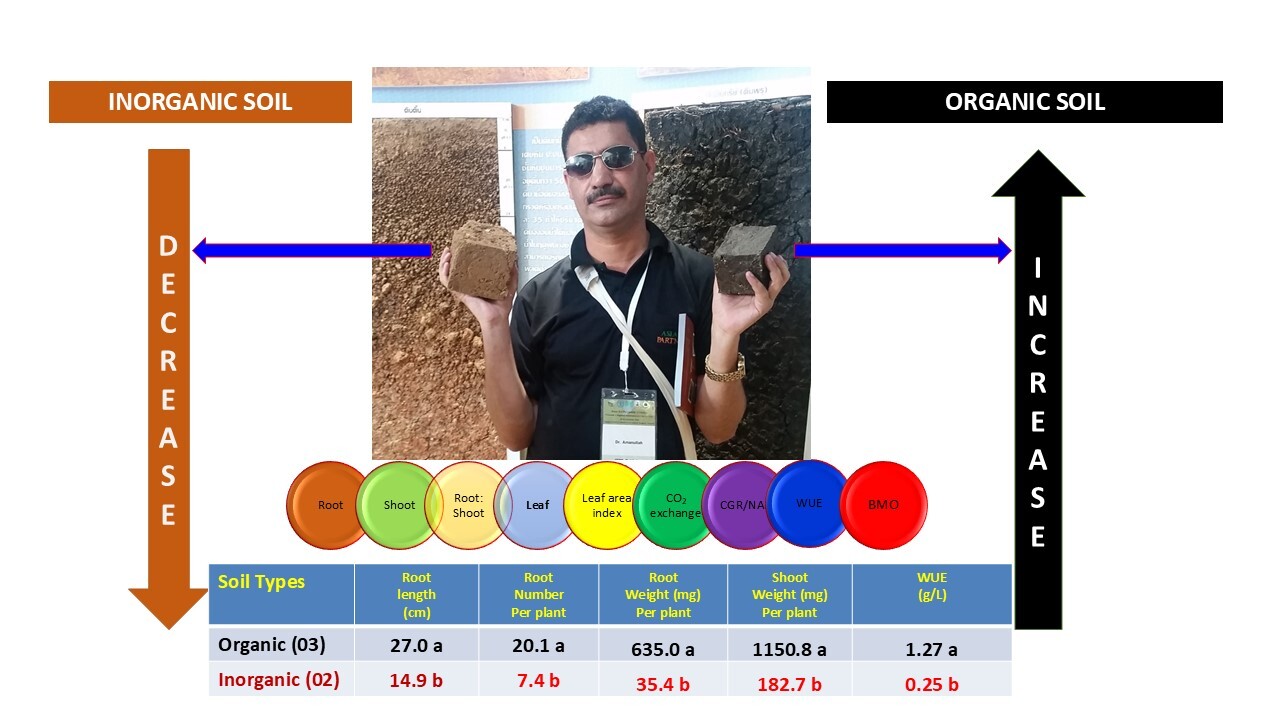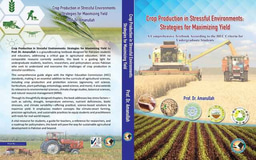Modeling Carbon in Cereal Crops: A Practical Approach to Above- and Below-Ground Estimation
Published in Earth & Environment, Ecology & Evolution, and Sustainability

Modeling Carbon in Cereal Crops: A Practical Approach to Above- and Below-Ground Estimation
Soil health lies at the heart of productive and sustainable agriculture, and carbon (C) is one of its most vital components. Carbon-rich soils not only support higher crop yields but also play a critical role in mitigating climate change and enhancing biodiversity. In this blog, we explore a simple yet powerful model developed to estimate carbon sequestration in cereal crops—both above and below the ground.
Why Carbon Matters
Carbon stored in plants and soils has far-reaching benefits. Through photosynthesis, plants draw carbon dioxide (CO₂) from the atmosphere, incorporating it into their tissues. A portion of this carbon ends up in the roots and soil, helping to build organic matter and soil fertility. In fact, healthy, carbon-rich soils are more resilient, water-retentive, and productive. These benefits directly address two of the world’s pressing challenges—food insecurity and climate change.
According to global estimates, plants capture about 860 gigatons of CO₂ annually. Because 1 kg of carbon equals 3.67 kg of CO₂, even small increases in soil carbon storage can have meaningful climate benefits.
A Simple Model for Estimating Plant Carbon
To aid researchers, agronomists, and policymakers, a simple and practical model has been developed to estimate total carbon content (TCC) captured by cereal crops. This model allows for easy partitioning of carbon into above-ground (ACC) and below-ground (BCC) biomass. The beauty of this model lies in its adaptability—it can be applied to different cereal crops, regions, and agricultural practices.
Carbon accumulation in plants varies widely depending on species, cultivar, soil type, nutrition, intercropping, irrigation, tillage, and environmental conditions. The model accounts for these differences by using standardized formulas that calculate TCC and its partitioning into shoots and roots.
Real-World Examples from Major Cereal Crops
To illustrate the model, carbon content was estimated for four major cereal crops—wheat, rice, maize, and barley—in the top-producing countries for the 2018–2019 period.
-
Wheat (Pakistan): TCC was estimated at 37.4 metric tons (MT), with 30.5 MT in ACC and 6.9 MT in BCC.
-
Wheat (EU): The European Union led globally with 216.3 MT TCC (176.4 ACC + 39.9 BCC).
-
Rice (China): China topped the rice estimates with 161.7 MT TCC (131.9 ACC + 29.8 BCC).
-
Maize (USA): The USA showed the highest maize TCC at 505.3 MT (412.1 ACC + 93.2 BCC).
-
Barley (Russia): Russia led with 29.2 MT (23.8 ACC + 5.4 BCC).
On average, about 82% of carbon is stored in above-ground parts (shoots), while 18% resides in roots—a useful ratio for broader estimations.
Scaled Applications and Impacts
Beyond national figures, the model has been applied to 40 leading countries, revealing per-hectare TCC ranging from:
-
4,414–13,243 kg·ha⁻¹ for wheat
-
4,578–11,444 kg·ha⁻¹ for rice
-
5,150–15,450 kg·ha⁻¹ for maize
-
3,443–13,733 kg·ha⁻¹ for barley
This standardized, scalable model enables researchers and practitioners to estimate carbon fluxes quickly and reliably—contributing to better land-use planning, carbon accounting, and sustainable intensification strategies.
Toward Carbon-Smart Agriculture
This simple modeling approach provides a valuable tool for advancing carbon-smart agricultural practices. By quantifying how much carbon is stored in crops and soil, it becomes easier to make informed decisions on crop selection, residue management, and climate mitigation strategies. In the face of growing climate challenges, tools like this empower stakeholders to feed the soil while feeding the world.






Please sign in or register for FREE
If you are a registered user on Research Communities by Springer Nature, please sign in
Amanullah. 2023. A simple model for estimation of above and below ground carbon in cereal crops. Technology in Agronomy 3:8
https://doi.org/10.48130/TIA-2023-0008